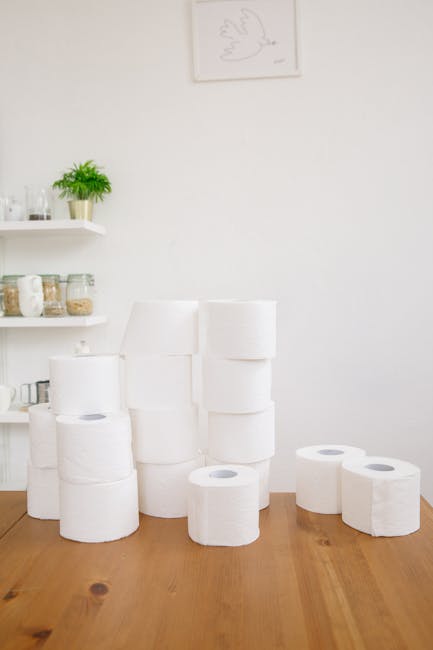The Essentials of Indoor Decoration: What Every Home Needs to Feel Complete
Introduction
Creating a home that truly feels complete goes beyond simply filling it with furniture. It’s about crafting a space that reflects your personality, provides comfort, and fosters a sense of belonging. This guide explores the essential elements of indoor decoration, providing you with the knowledge to transform your house into a haven.
Essential Elements of Indoor Decoration
Color Palette & Harmony
Color is the foundation of any well-decorated space. Choosing the right palette is crucial for setting the mood and creating a cohesive look.
- Understand Color Theory: Familiarize yourself with the color wheel, complementary colors, and analogous colors to create visually appealing combinations.
- Consider the Room’s Purpose: Use calming blues and greens in bedrooms for relaxation, and energizing yellows and oranges in living areas.
- Maintain Balance: Don’t be afraid to use bold colors, but balance them with neutrals to avoid overwhelming the space.
Lighting: The Key to Ambiance
Lighting dramatically impacts the atmosphere of your home. A well-lit space feels inviting and functional.
- Layer Your Lighting: Combine ambient (general), task (focused), and accent (decorative) lighting for a balanced effect.
- Natural Light Maximization: Keep windows clear and use light-colored curtains to maximize natural light.
- Choose the Right Fixtures: Select fixtures that complement your decor and provide the desired level of illumination. Consider dimmers to adjust the mood.
Furniture: Function Meets Style
Furniture is more than just a place to sit; it’s a statement of your style and a provider of essential functionality.
- Prioritize Comfort and Ergonomics: Select furniture that is both aesthetically pleasing and comfortable to use.
- Consider Scale and Proportion: Ensure furniture fits the size of the room and doesn’t overwhelm the space.
- Invest in Quality Pieces: Opt for durable, well-made furniture that will last for years to come.
Textiles: Adding Warmth and Texture
Textiles, such as rugs, curtains, and throws, add warmth, texture, and visual interest to your home.
- Rugs: Anchor the furniture arrangement and define different zones within a room.
- Curtains/Drapes: Provide privacy, block light, and add a touch of elegance.
- Throws and Pillows: Add comfort and pops of color to sofas, chairs, and beds.
Accessories: Personalizing Your Space
Accessories are the finishing touches that truly personalize your home and make it unique.
- Artwork: Choose pieces that reflect your taste and complement your decor.
- Plants: Bring life and freshness into your home, improving air quality and adding a touch of nature.
- Decorative Objects: Display items that are meaningful to you, such as family photos, travel souvenirs, and handcrafted pieces.
Space Planning & Layout
Even the most beautiful furniture and accessories won’t make a difference if the space isn’t properly planned.
- Consider Traffic Flow: Arrange furniture to allow for easy movement throughout the room.
- Create Focal Points: Designate a focal point in each room, such as a fireplace or a piece of art.
- Balance and Symmetry: Create visual harmony by balancing the placement of furniture and accessories.
Conclusion
Transforming your house into a home that feels complete is an ongoing process. By focusing on color harmony, lighting, functional furniture, textural textiles, personalized accessories, and thoughtful space planning, you can create a space that truly reflects your style and provides a comfortable and inviting atmosphere for years to come. Don’t be afraid to experiment and trust your instincts – the most important thing is to create a space that you love.














Post Comment